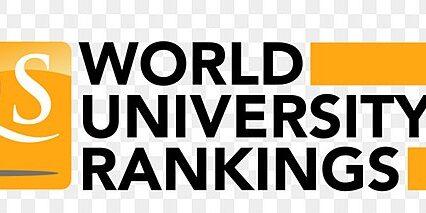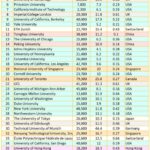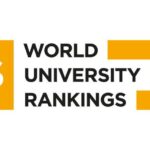Now Reading: A Deep Dive into University Rankings: What Factors Really Matter?
-
01
A Deep Dive into University Rankings: What Factors Really Matter?
A Deep Dive into University Rankings: What Factors Really Matter?
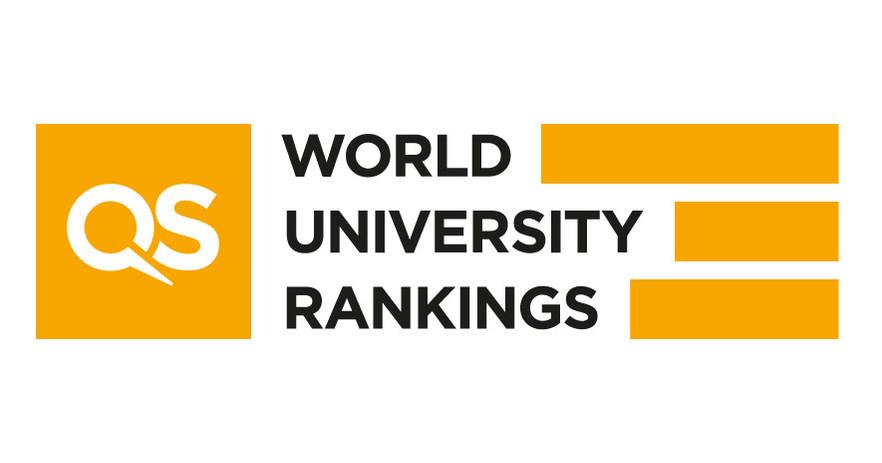
In an era where education is both a pursuit of knowlege and a strategic investment in one’s future, university rankings have emerged as a beacon for prospective students navigating the labyrinth of higher education.These rankings,often colorful and complex,encapsulate a myriad of factors that claim to represent the quality of institutions worldwide. But as students and parents scrutinize these ratings, an essential question lingers: what do these numbers really mean, and wich factors truly matter? In this article, we embark on a deep dive into the world of university rankings, peeling back the layers of methodology, bias, and influence to uncover the criteria that genuinely shape academic excellence. Join us as we explore the dynamic interplay of reputation, resources, and student outcomes that contribute to the rankings landscape, helping to illuminate the path toward informed educational choices.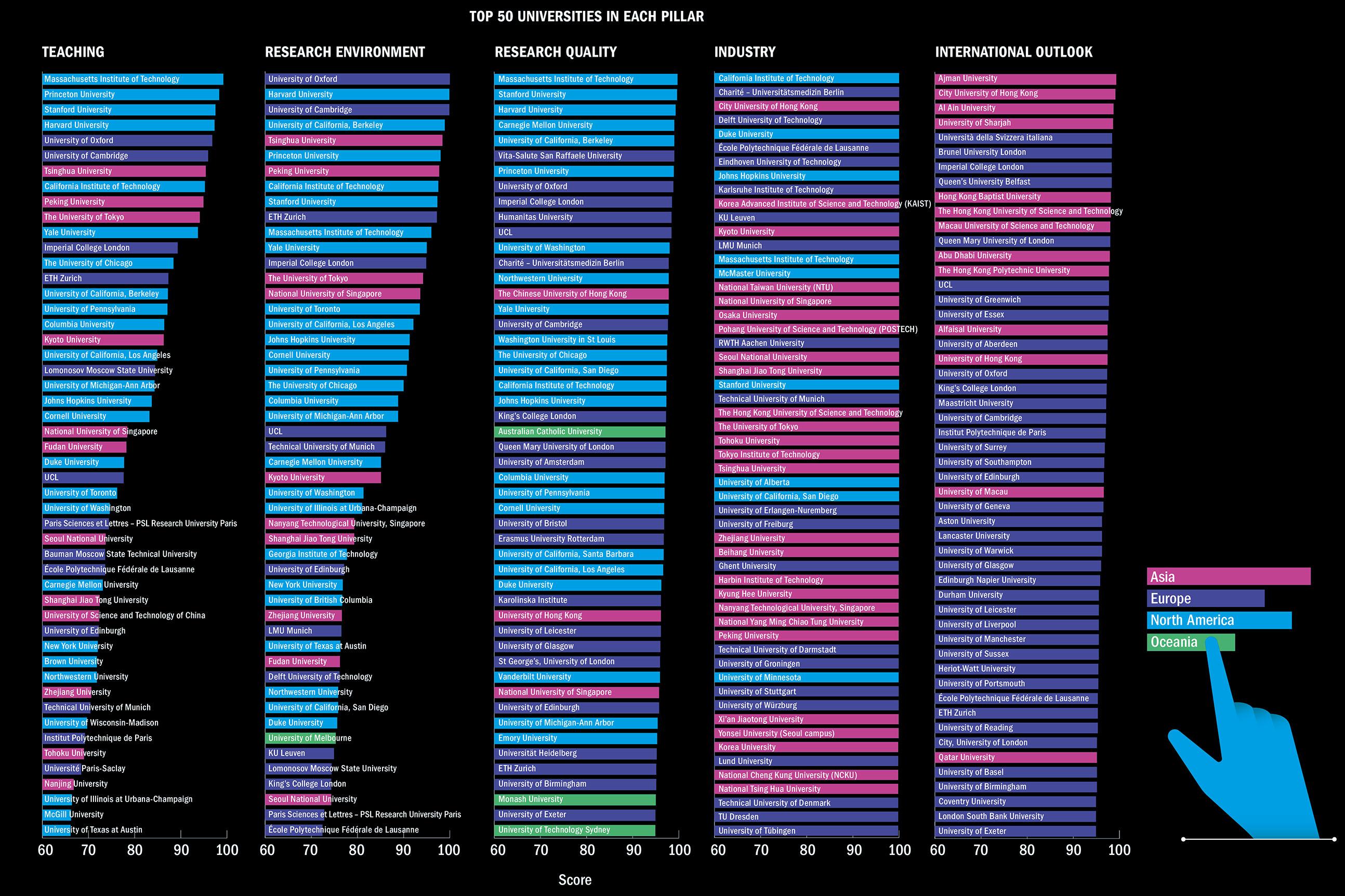
Understanding the Metrics: Decoding the Criteria Behind University Rankings
university rankings are frequently enough seen as a definitive guide to the quality and prestige of higher education institutions,but they are shaped by a variety of metrics that reflect different aspects of the academic landscape. The judging criteria typically include factors such as academic reputation, which often weighs heavily on surveys of scholars and employers; research output, which measures the volume, influence, and impact of publications; and student-to-faculty ratio, signaling the level of personalized attention students may receive. These elements help paint a picture that goes beyond mere enrollment numbers and institutional history.
Moreover, rankings also consider international diversity, assessing the presence of foreign students and faculty, while financial resources play a crucial role in determining the support a university can provide for its students. To illustrate the diversity of these metrics, the following table summarizes how different university ranking systems weight these factors:
| ranking System | Academic Reputation | research Output | Student-to-Faculty Ratio | International Diversity | Financial Resources |
|---|---|---|---|---|---|
| U.S. News & World Report | 40% | 20% | 15% | 10% | 15% |
| QS World University Rankings | 40% | 30% | 20% | 10% | N/A |
| The Times Higher Education | 30% | 30% | 20% | 10% | 10% |

Beyond Academics: The Impact of Campus Life and Community Engagement
While academic performance is often the primary focus in university rankings, the vibrancy of campus life and the extent of community engagement play equally pivotal roles in shaping a student’s overall experience. A thriving campus culture fosters a sense of belonging that can enhance learning outcomes and personal development. Students who participate in extracurricular activities, from student organizations to sports teams, find opportunities to build lifelong friendships and develop essential skills such as leadership, teamwork, and dialog. Engagement in campus events and activities serves not just to enrich the individual, but also to cultivate a strong community identity that enhances the university’s attractiveness to prospective students.
Moreover,community engagement initiatives provide students with invaluable real-world experiences that bridge the gap between theory and practise. By working on projects that benefit local communities—such as volunteering, internships, or research partnerships—students gain insights that are directly applicable to their future careers. Such initiatives can be instrumental in shaping a university’s reputation and rankings. Universities that actively promote a culture of social obligation and encourage students to contribute to society are often viewed more favorably by ranking organizations. to better illustrate this,consider the following table of hypothetical impact metrics:
| Community Engagement Initiative | Student Participation (%) | Impact Rating (1-10) |
|---|---|---|
| Volunteer Programs | 75% | 9 |
| Internship Opportunities | 60% | 8 |
| Research Projects | 50% | 7 |

The Role of Research Output: How Innovation Shapes Institutional Reputation
Research output serves as a essential metric in shaping how academic institutions are perceived globally. With the ever-evolving landscape of higher education, universities are increasingly banking on their innovative capabilities to bolster their standings in rankings. This relationship between research output and institutional reputation can be distilled into a few key components:
- Quality of Publications: The caliber of research published in high-impact journals considerably influences perceptions and rankings.
- Collaboration and Networking: Partnerships with industry and other research entities amplify the reach and applicability of research outputs.
- Funding and Resources: Greater investment in research translates to better facilities and more innovative projects, which enhances reputation.
Beyond sheer numbers, the innovation inherent in research outputs tells a compelling story about the institution’s commitment to pushing boundaries. Universities that successfully translate research into practical solutions not only elevate their reputation but also contribute to societal progress. Consider the following comparative analysis of institutions excelling in innovation-driven research:
| University | Research Funding ($M) | innovative Projects | Industry Collaborations |
|---|---|---|---|
| Institute A | 150 | 12 | 5 |
| University B | 200 | 15 | 8 |
| College C | 100 | 10 | 3 |
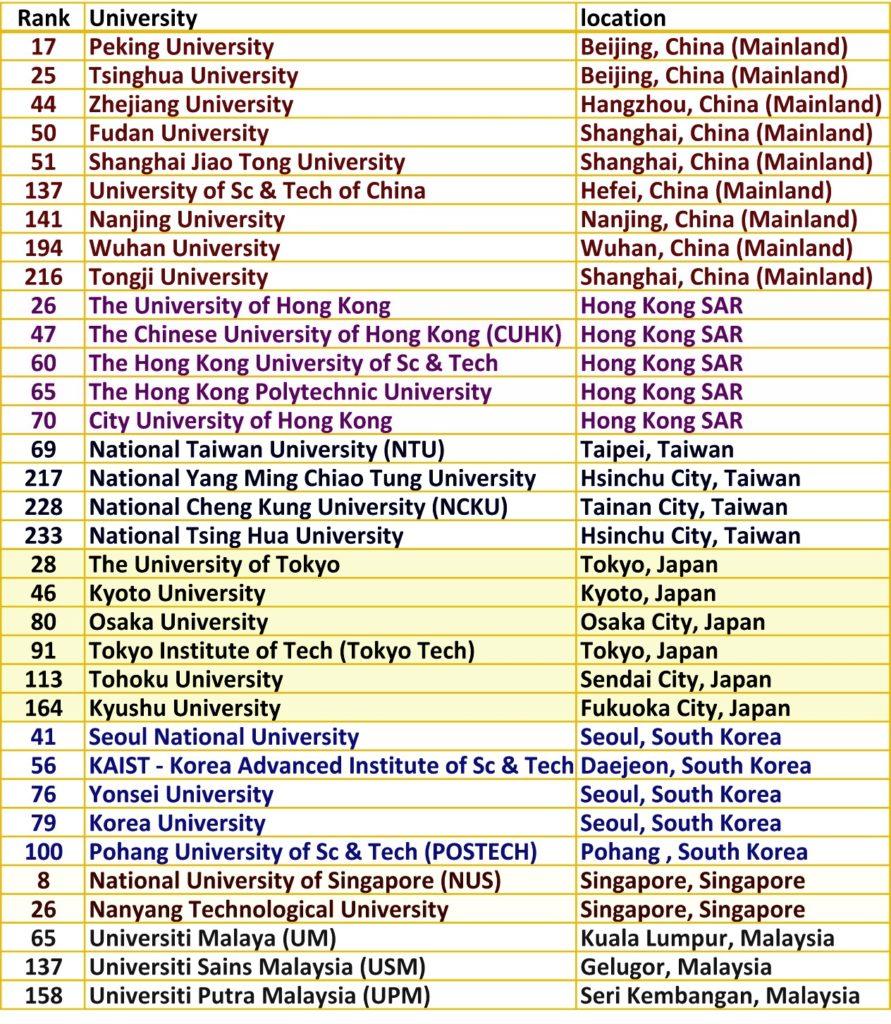
Making Informed Choices: Guiding your University Search with Rankings in Mind
When embarking on the journey of selecting a university, understanding the significance of rankings can be crucial. While overall rankings frequently enough provide a broad overview of an institution’s reputation, it is indeed essential to delve deeper into the underlying factors that contribute to these scores. Considerably influencing your decision should be aspects like academic reputation, faculty quality, and graduation rates. Each of these elements plays a pivotal role in shaping your educational experience. Furthermore, it’s valuable to understand how subjective perceptions can sometimes skew rankings, making it necessary for prospective students to do their own research and weigh personal priorities against these sometimes-elusive numbers.
To facilitate a more personalized evaluation, you might want to consider a set of criteria that align with your aspirations. These can include:
- Program Specialization: Does the university excel in your field of interest?
- Campus Culture: What opportunities for engagement and community exist?
- Location: How does the university’s setting affect your lifestyle and learning?
- Financial Aid: What are the financial implications of attending this institution?
By adding weight to these considerations alongside the rankings, you’re more likely to find an educational surroundings that not only meets your academic needs but also aligns with your personal growth and goals.
Key Takeaways
As we navigate the complex landscape of university rankings, it becomes increasingly clear that the journey is as vital as the destination. While metrics such as research output, faculty qualifications, and student satisfaction offer valuable insights, the inherent diversity of academia reminds us that a single ranking cannot encapsulate the full essence of an institution. As prospective students and educators sift through the numbers, it is crucial to consider personal goals, values, and ambitions alongside these rankings. success in academia—and beyond—may not be solely steadfast by position on a list, but rather by the unique experiences and connections fostered within the hallowed halls of learning. Ultimately,understanding the nuances of university rankings empowers us to make more informed choices,ensuring that our educational journeys align with our aspirations and contribute meaningfully to the world. With this knowledge in hand, may you explore, engage, and elevate your academic pursuit with clarity and confidence.













